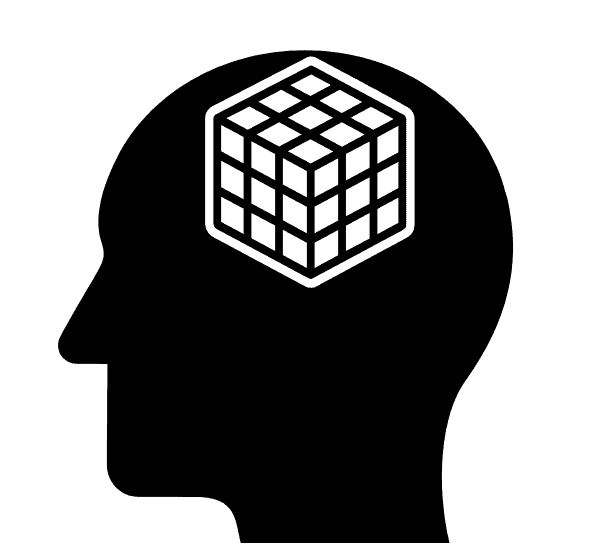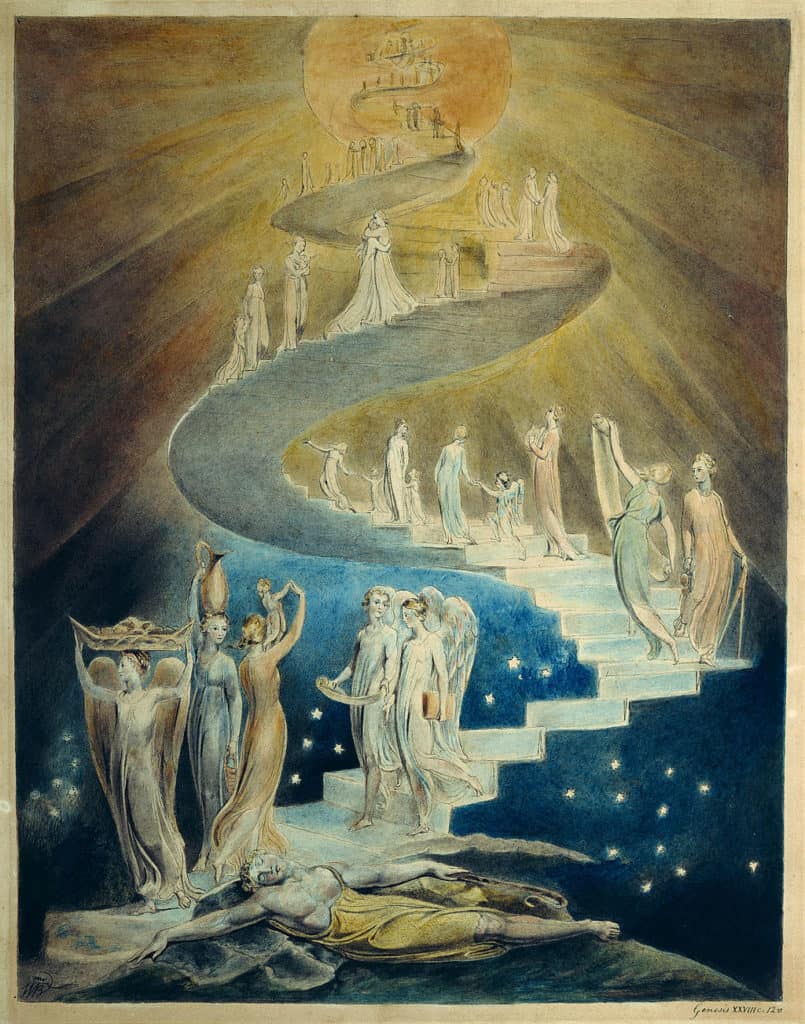Deduction and Induction
Deduction is the normal operating mode of the left side of the brain, using logic on facts.
Induction is the normal operating mode of the right side of the brain using pattern-matching on incomplete information.
Normal humans have both operating modes and the results of induction can be used with the results of deduction and visa versa, via the corpus callosum.
Let’s start with deduction first. It is the predominant method that formal education uses. Deduction is the drawing of firm conclusions from a set of facts through the application of logical rules. This is the typical notion of thinking that ‘be sensible’ or ‘be logical’ or ‘think straight.’ In right-handed speakers, deduction/logical reasoning occurs in the left side of the brain. Since Sherlock Holmes was well aware of his brain’s operation, he could tell Dr. Watson how he arrived at his conclusions. On the whole, though, we typically use deduction so rapidly and so smoothly that we don’t notice the steps from the facts to the conclusions.
But there is another method of thinking that we often use—induction. Induction is a creative process, whereas deduction is limited to facts embedded in the starting facts. Induction does not give us firm conclusions, but it can give us answers when deduction can’t do anything. When is that? When not enough facts are known to draw logical conclusions.
Induction works with partial information. It can appear to be a probabilistic logic—A is true with 95% certainty and B is true with 100% certainty, then C is true with 95% certainty.
Inductive reasoning occurs in the right side of the brain. It is the result of pattern-matching, the innate operation of a neural networks. This pattern-matching does not require an exact match. In fact inexact matching is a power of inductive reasoning. It allows us to see relationships that between things that are different (similes, intuition, guesses), and jumping to conclusions. Yes, you can make mistakes even if you use induction properly. In contrast, deduction when used properly never makes a mistake.
But people who create—artists, writers, and some scientists—have difficulty explaining their process for several reasons. One, it is automatic. Two, it occurs in the part of the brain that doesn’t have speech. Three, pattern-matching is a Yes-No result. How close do the patterns have to be for a Yes varies from person-to-person. Dopamine is one neural brain chemical. When its concentration is increased, a person’s determination of Yes/No pattern-matches decreases.
Induction
Inductions result in inexact rules, but they can accommodate unexpected data by changing the rules.
Example: You discover that squiggles on signs and pages are letters and words. Amazingly, words have meanings.
Fact: Your mother speaks aloud a story while holding a book, turning pages with a halt in the story until you learn that is your cue to turn the page. She points to squiggles and moves her finger as she reads.
Induction: with time and repeated experience, you come to recognize more and more squiggles as single letter words and eventually you recognize multi-letter words.
Perhaps you mistook ‘b’ and ‘d’ in the beginning days of learning until finally you distinguish the difference.
Deduction
Deductions lead to exact conclusions, but they can’t accommodate unusual data easily.
Example: You are instructed that squiggles on page are letters and words and words are meaningful.
Fact: The teacher writes the word ‘cat’ on the board. She writes it small. She writes it big. She describes its sound. She draws a picture of a cat. Then she writes one at a time, the letters ‘c’, ‘a’, and ‘t’. She writes them small. She writes them large. She describes each sound, alone and as part of the word ‘cat’. Over many days, the teacher goes through the entire alphabet, carefully sounding each letter, showing its shape, and contrasting those that have similar shapes.
Deduction: you learn that every word is made of the letters in the alphabet. Every set of little squiggles is a word … but it confuses you when advertisements use rebuses, combining pictures and letters. And you can’t get past your confusion when your mother insists that foreign signs contain words, because the teacher told you that all words were made up of our letters of the alphabet—and those squiggles aren’t in our alphabet. You are barely mollified when your teacher confirms your mother’s statement.
Preference
None of us learn purely by induction or deduction. A person develops a preference for one method, but that doesn’t shut the other down completely. An artist often favors induction, while an accountant relies readily on deduction.
The interplay between induction and deduction is developed further on Mental Construction website.



